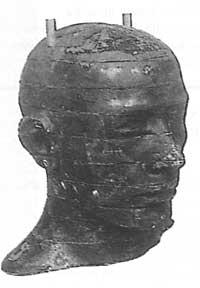Cobe Mission launched
1990/04/01 Elhuyar Zientzia Iturria: Elhuyar aldizkaria
On 18 November, NASA launched the satellite Cosmic Background Explorer (COBE) from the Californian base in Vandenberg. The three satellite experiments are designed to conduct studies on the origin of the universe.
The two COBE instruments will analyze the background radiation of the cosmos. According to astronomers, this radiation is the relic of the Big Bang. 100,000 years after the Great Explosion, the universe cooled and electrons and atomic nuclei joined together to form atoms. Thus, the universe became for the first time transparent to radiation. The residues of this radiation constitute the background radiation.
The Microwave Differential Radiometer will admire the entire sky to detect the brightness differences of the background radiation. The Remote Infrared Absolute Spectrometer will measure the brightness of the background radiation in certain directions and infrared wavelengths. You want to see if you have the spectrum corresponding to 2.7 K. Going above would mean that the universe has more energy than expected.
The third instrument is the Deep Infrared Diffuse Experiment, which aims to detect the infrared light emitted by the first galaxies.
The last two experiments require a very cold environment. Therefore, they must be isolated from heat sources. The detectors are immersed in a large thermos, in a Dewar boat full of liquid helium. The detectors are kept at a temperature of -271°C. Liquid helium, of course, evaporates and mission designers believe that helium will last a year. Therefore, the life of the COBE satellite is quite limited.

Gai honi buruzko eduki gehiago
Elhuyarrek garatutako teknologia





